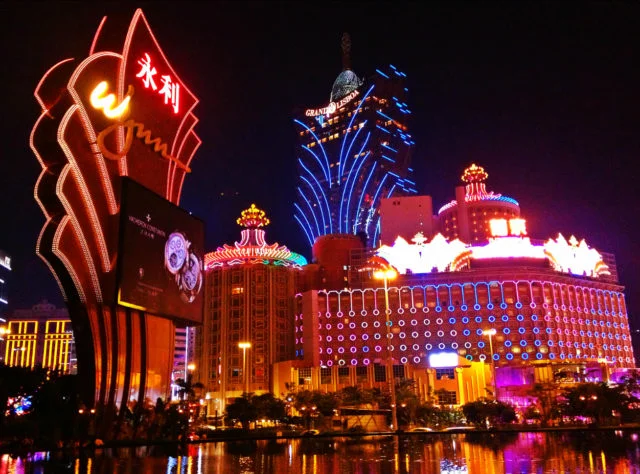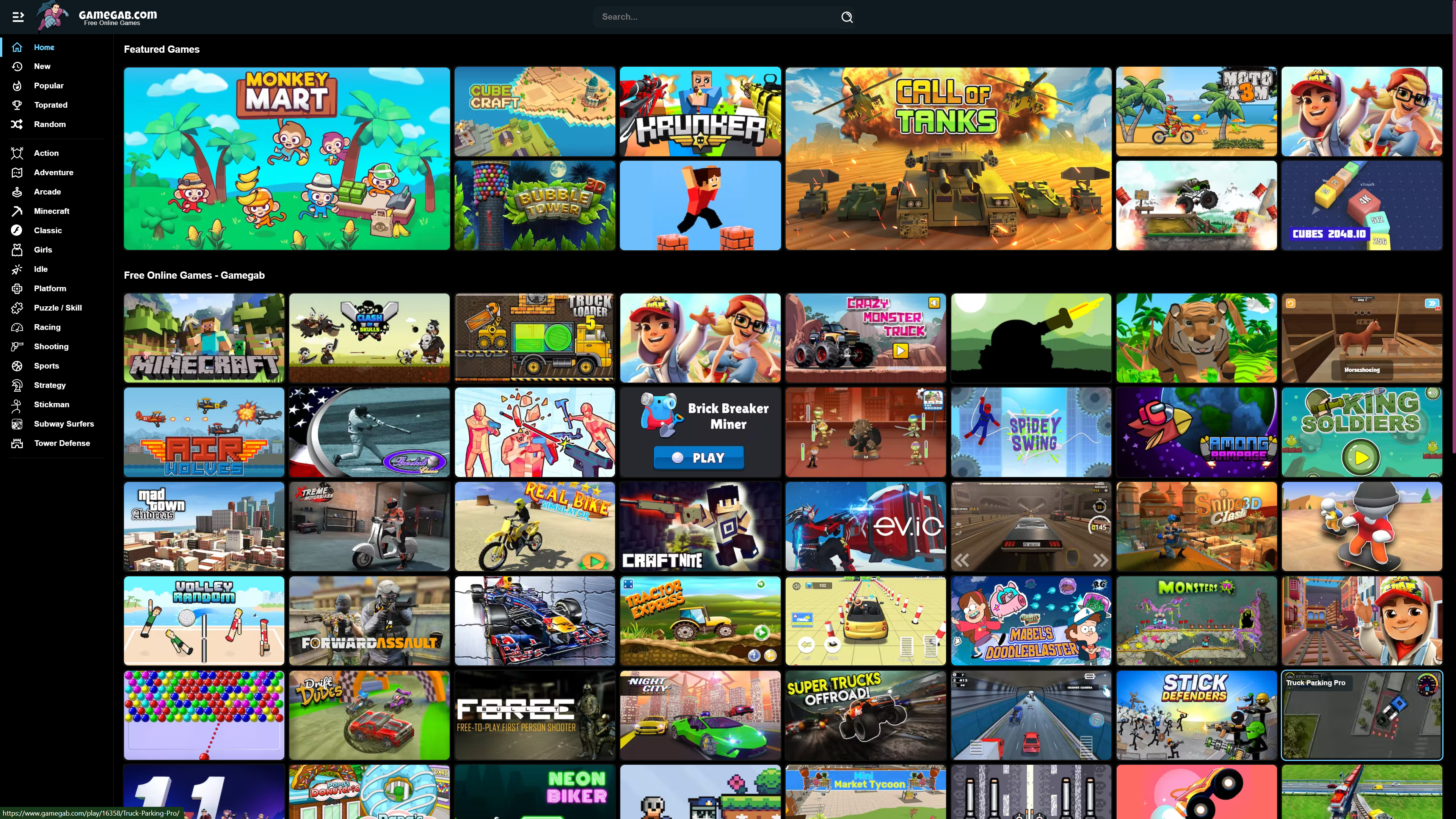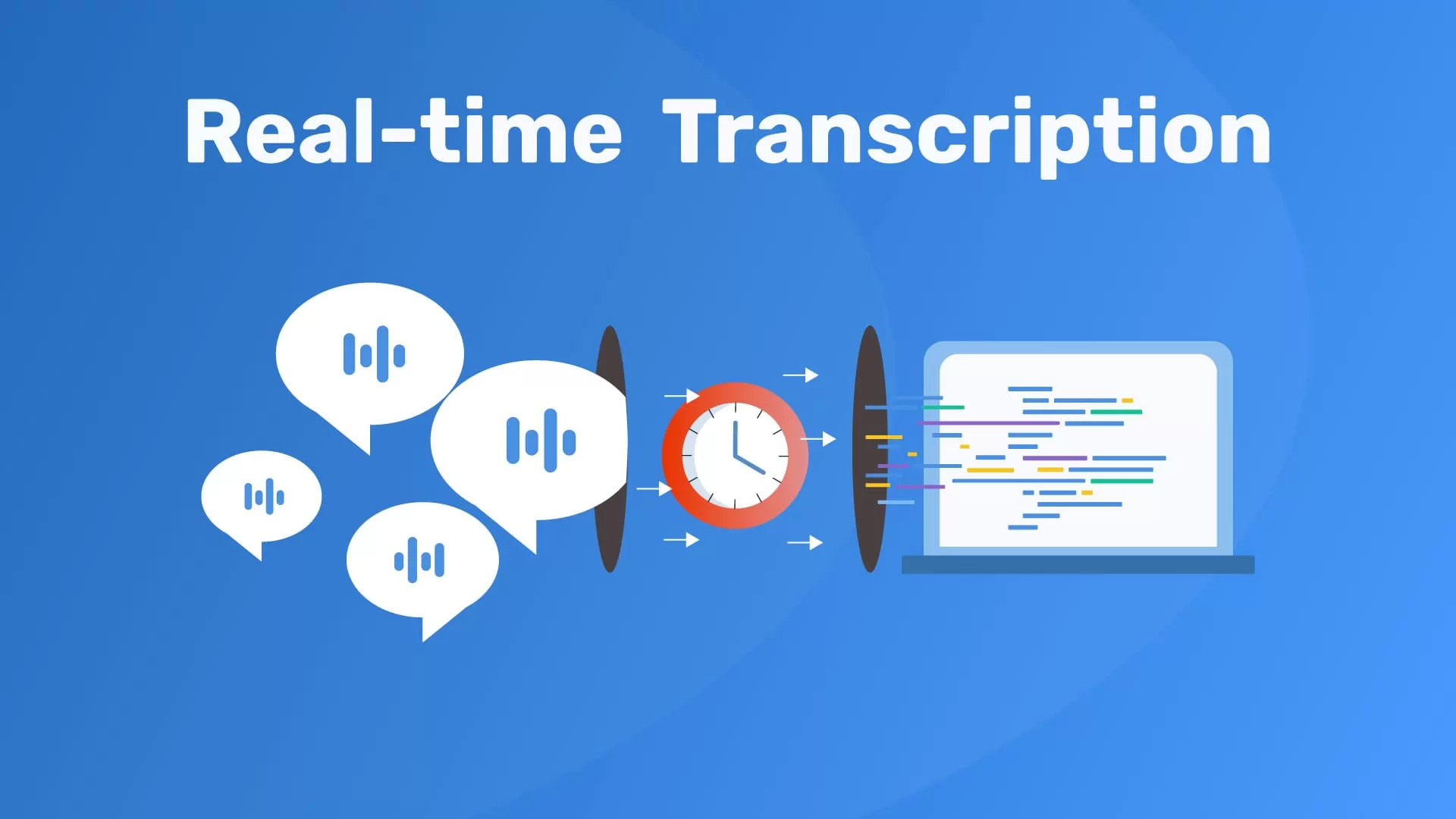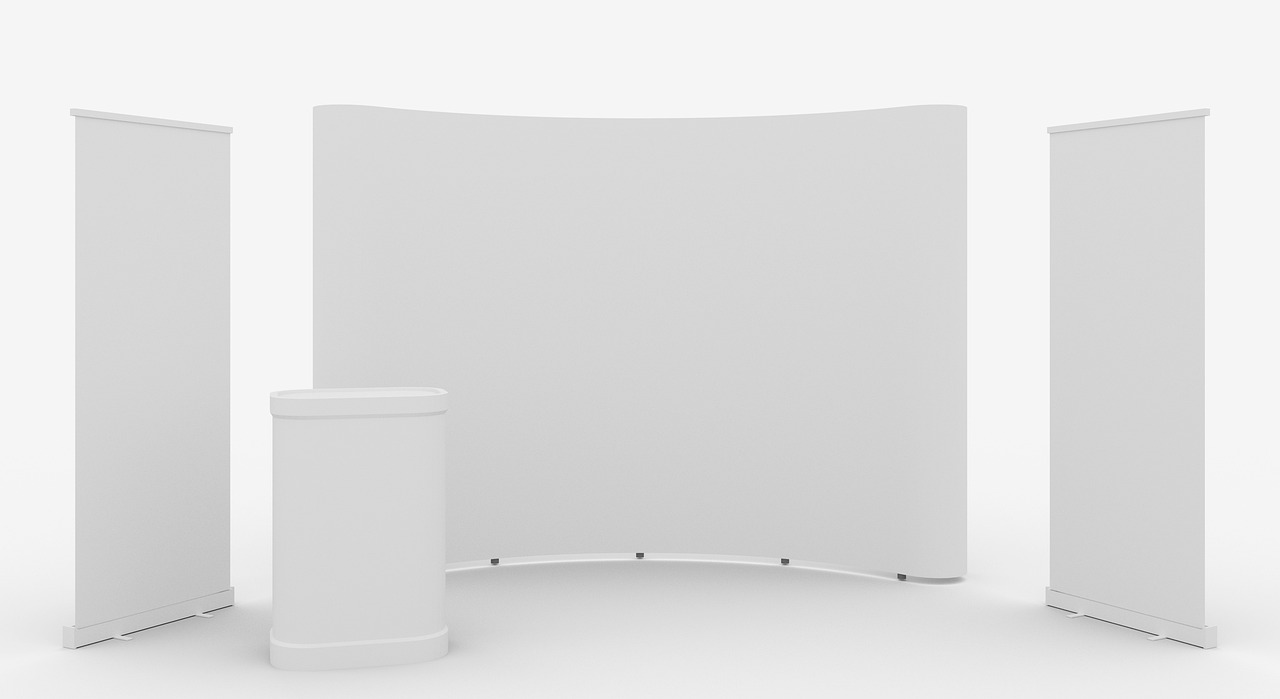How to make a killer first impression with your brand-new banner
A banner is an important part of any marketing strategy, as it serves to catch the eye of potential customers and make a first impression about your brand. In order for your banner to be effective, however, it needs to stand out from the crowd and grab attention.
Here are 14 tips on how to create a killer first impression with your brand-new banner.
1. Keep It Simple:
When it comes to banners, less is more. Try not to overwhelm viewers with too much information or visuals – instead, keep it minimalistic and focus on one main message that you want them to take away from your banner. Use clear, concise language, and avoid using too many fonts or colors which can be distracting.
2. Use High-Quality Images:
When it comes to visuals, make sure that you use high-quality images that are well-suited for the message you want to convey. Low-resolution images or stock photos can look cheap and unprofessional, whereas professional photography or original artwork can really make your banner stand out from the crowd.
3. Use Contrasting Colors:
Choose a color palette for your banner that is eye-catching and stands out from other banners in the same space. Look at complementary colors – such as blue and orange – which contrast nicely with one another and draw attention. Alternatively, create a gradient of several colors to give more depth to your design.
4. Utilize Space:
Make sure that you’re making the most of your banner space. Don’t be afraid to use white (or negative) space within your design, as this can help draw attention to the key elements on your banner. Additionally, avoid overcrowding with too much text or imagery – try to keep it minimalistic and easy-to-read.
5. Add Animation:
Bring life to your banner with animation! Adding subtle motion effects – such as a fading transition or an element that moves across the screen – can make your banner more captivating and engaging. Just be sure not to overdo it, as too much animation can be distracting and overwhelming for viewers.
6. Make It Interactive:
Make your banner interactive so that viewers can directly interact with your brand. Try adding hover effects, such as changing color or displaying extra information when the user hovers their mouse over a certain element. You can also add call-to-action buttons that link to further content on your website.
7. Include Social Proof:
Including social proof – such as customer testimonials, awards, and logos of companies you’ve worked with – can help build trust in potential customers and show that your business is reputable and worth investing in.
8. Optimize for Mobile:
More people are using mobile devices than ever before, so it’s important to make sure that your banner looks great on all types of screens. Make sure that the design is responsive and adjusts depending on the device’s size, so that it looks great no matter where it’s being viewed.
9. Include Your Logo:
Your logo should be prominently featured in your banner design, as this helps viewers identify your brand instantly. Make sure that you use a high-resolution version of your logo and place it somewhere that makes it easy to spot – such as the top corner or center of the banner.
10. Have Fun With It:
Don’t be afraid to have some fun with your banner design! Try adding unique elements, such as quirky illustrations or playful fonts, which can help capture people’s attention and make them remember your brand more easily. Just make sure that it still conveys your message effectively.
11. Make It Stand Out:
Make sure that your banner stands out from other banners in the same space by adding something unique to it. This could be a special offer, an interesting animation effect, or something else that catches people’s attention and makes them remember your brand.
12. Be Clear With Your Message:
When designing a banner, make sure that you’re clear with what you want to communicate to viewers. Keep the text short and easy-to-read, and use strong visuals that convey your message quickly and effectively.
13. Use Typography Effectively:
Think carefully about the typeface you use in your banner design – it can make a huge difference to the overall feel of your banner. Consider using bold typefaces or pairing two fonts together for contrast. Additionally, use font sizing strategically to emphasize certain words and draw attention to them.
14. Test It:
Finally, once you’ve created your banner design, it’s important to test it out before launching it publicly. Check how it looks on different devices, as well as in various environments – such as in natural light or indoors – so that you can tweak any issues before going live.
Conclusion:
Creating a successful banner design isn’t easy, but by following these tips you can create an eye-catching and effective banner that attracts viewers and communicates your message clearly. Just remember to pay attention to details like typography and interactive elements, as these can make all the difference in how well your banner performs.











